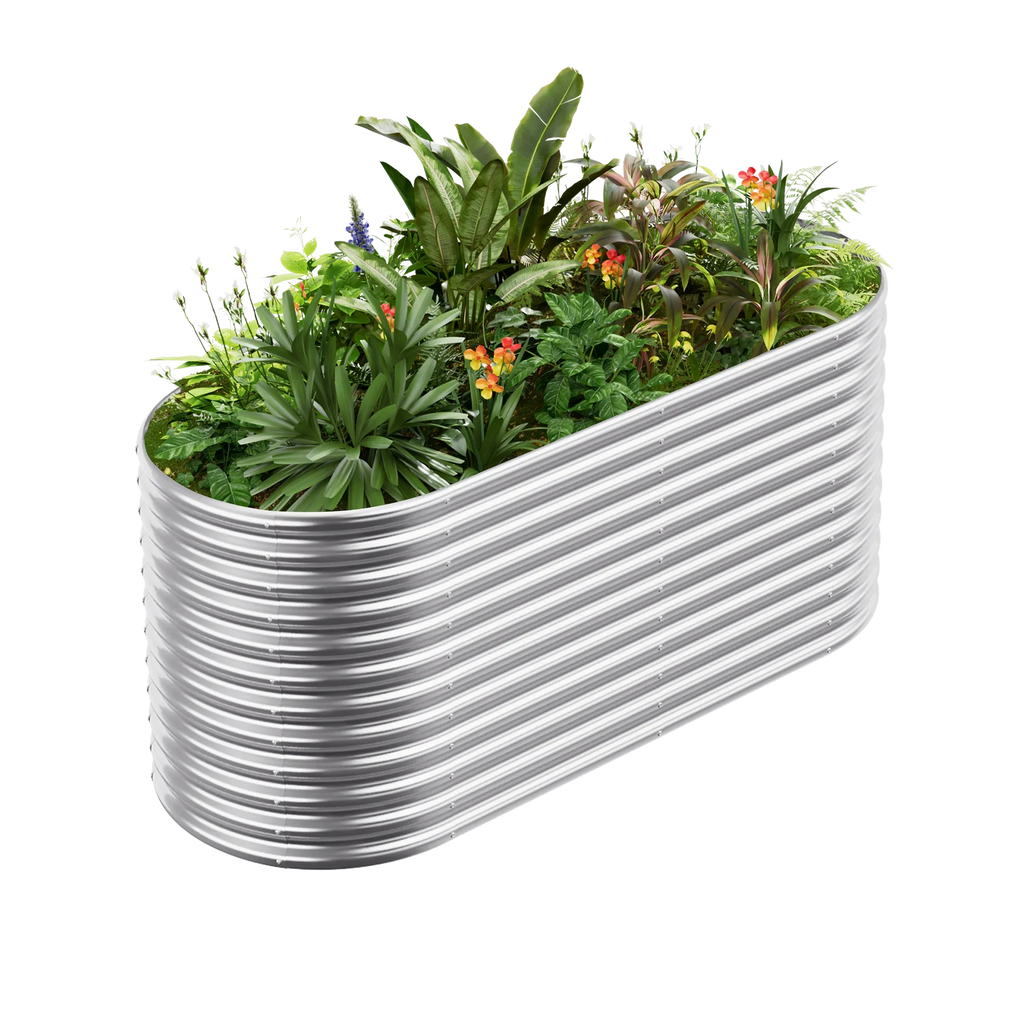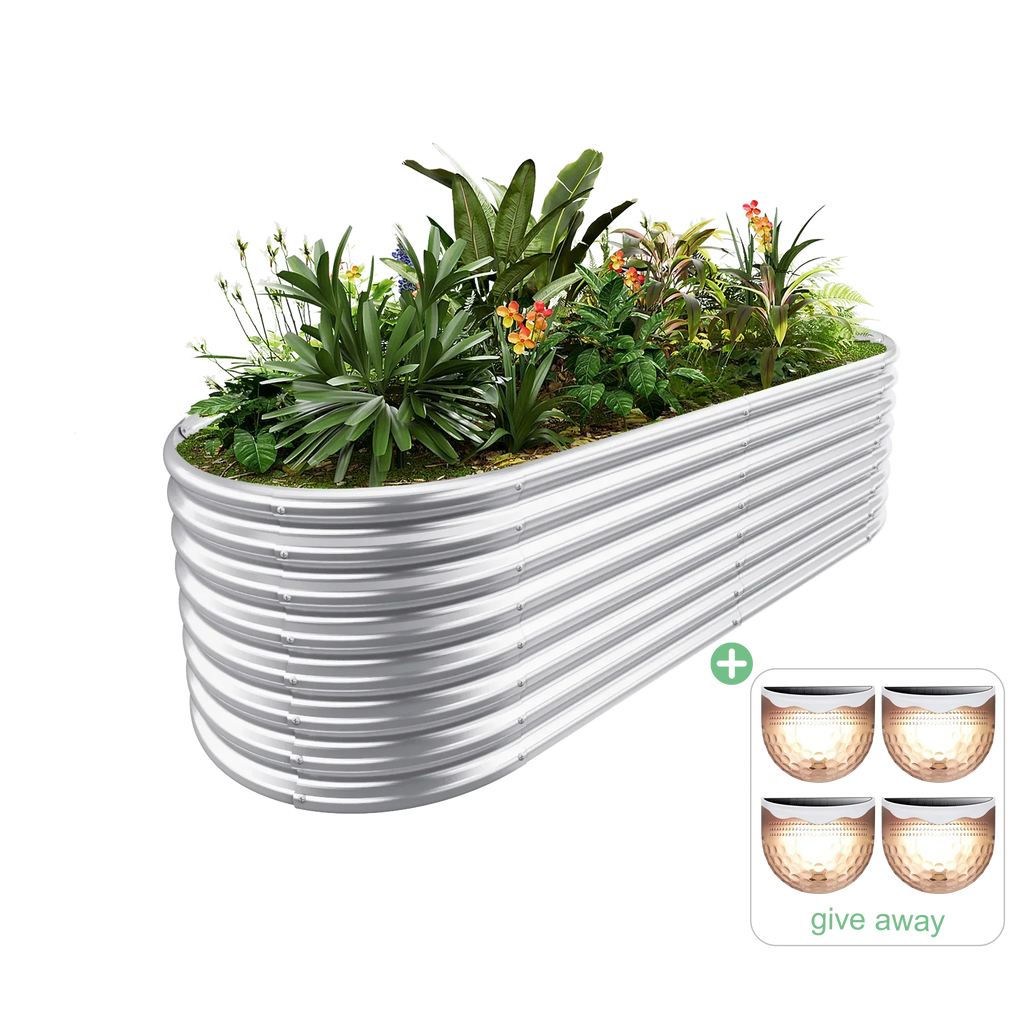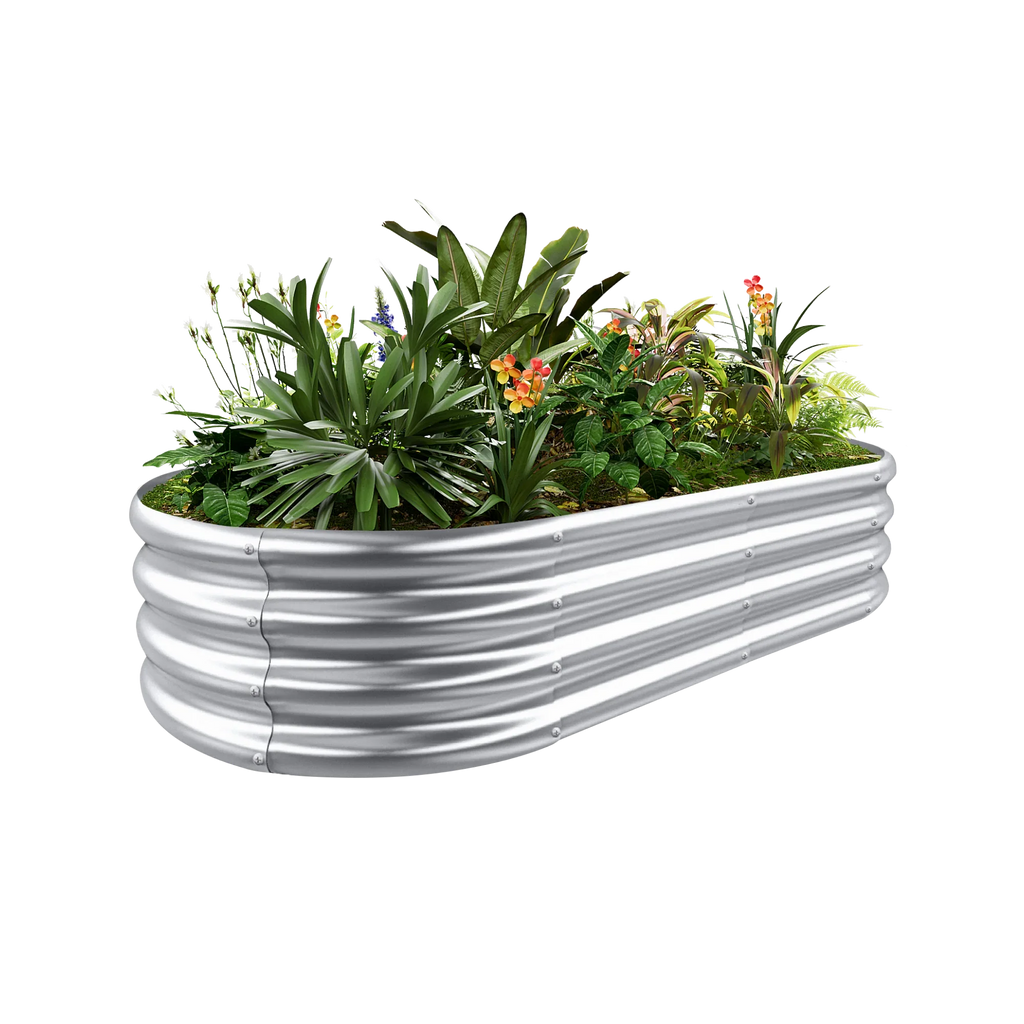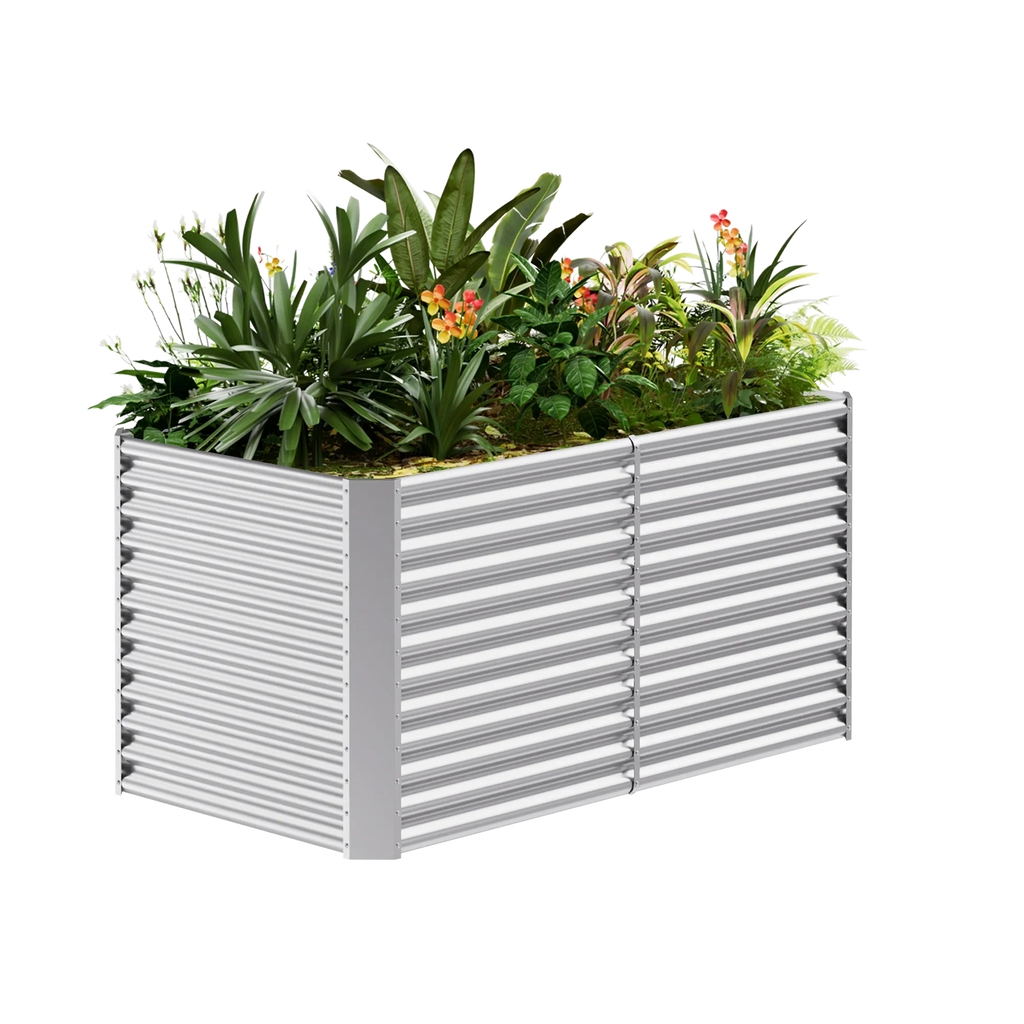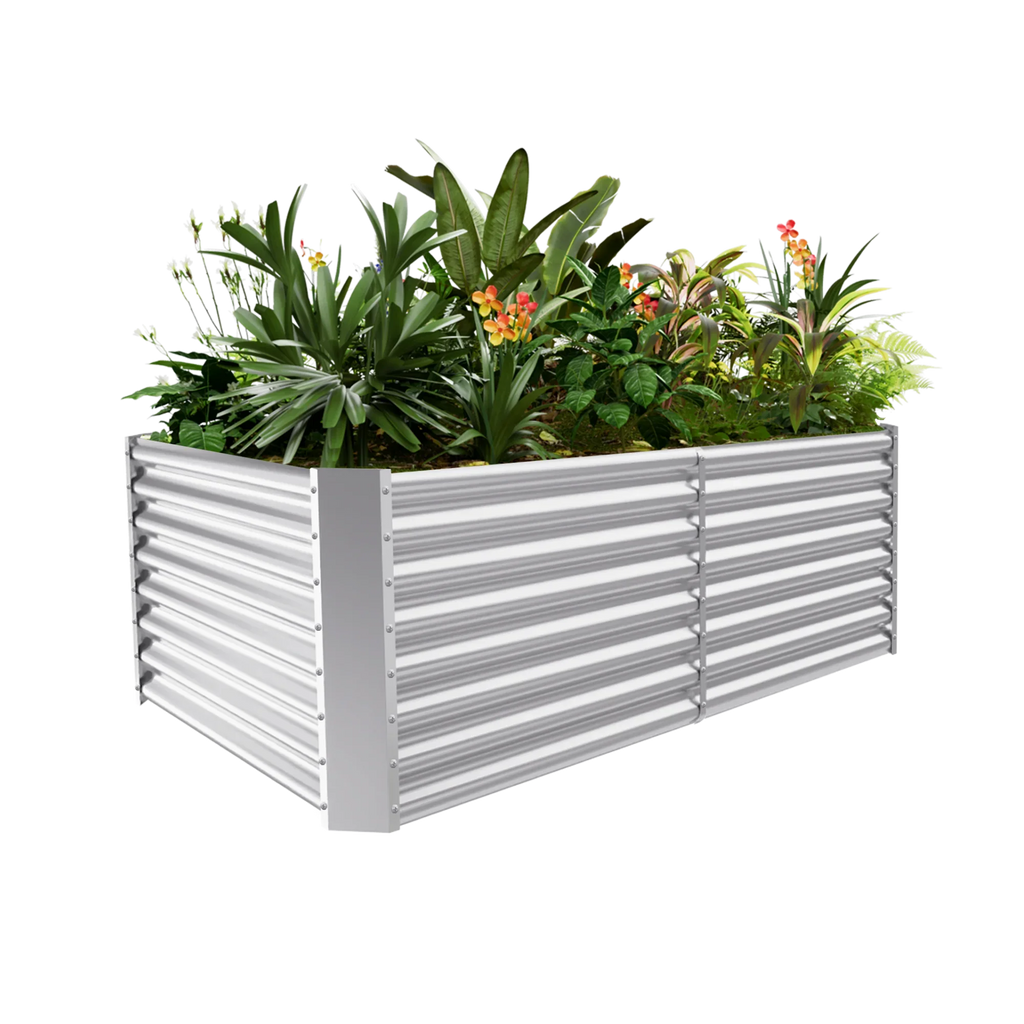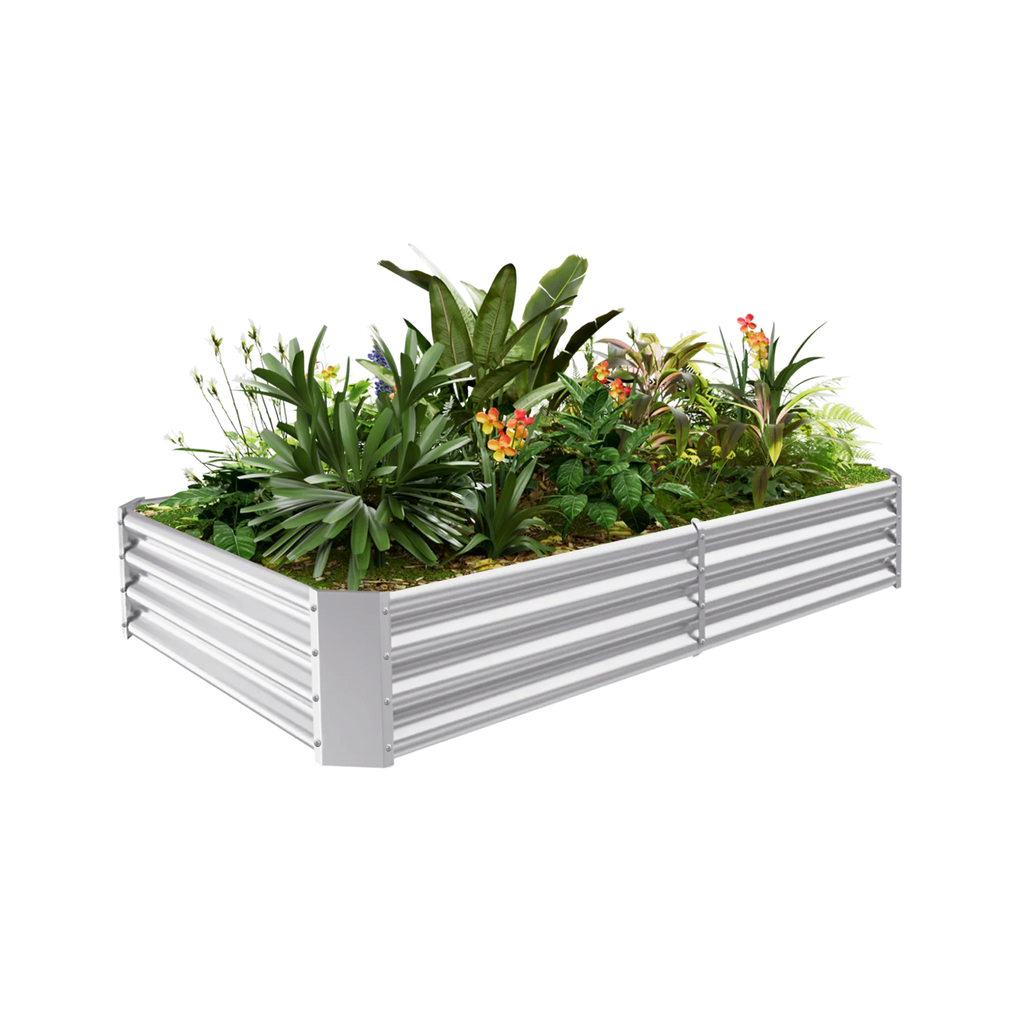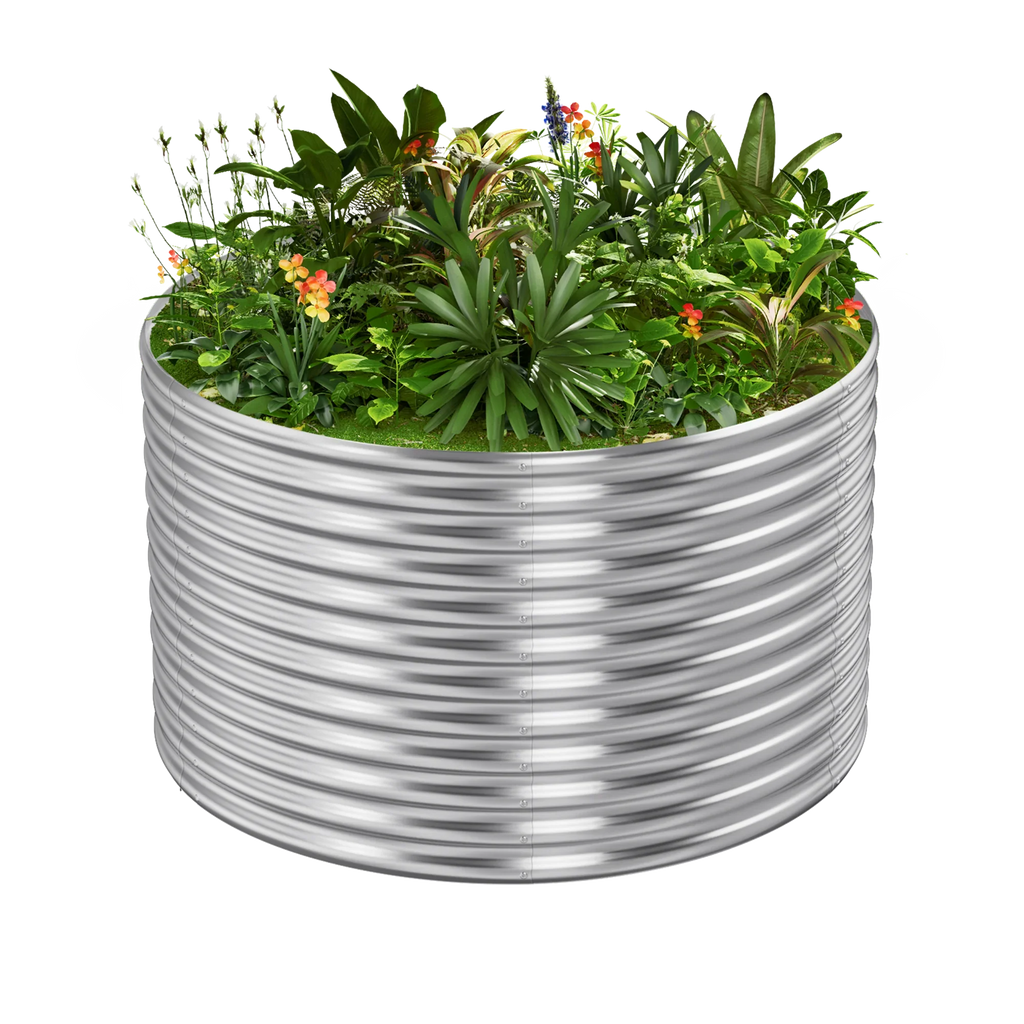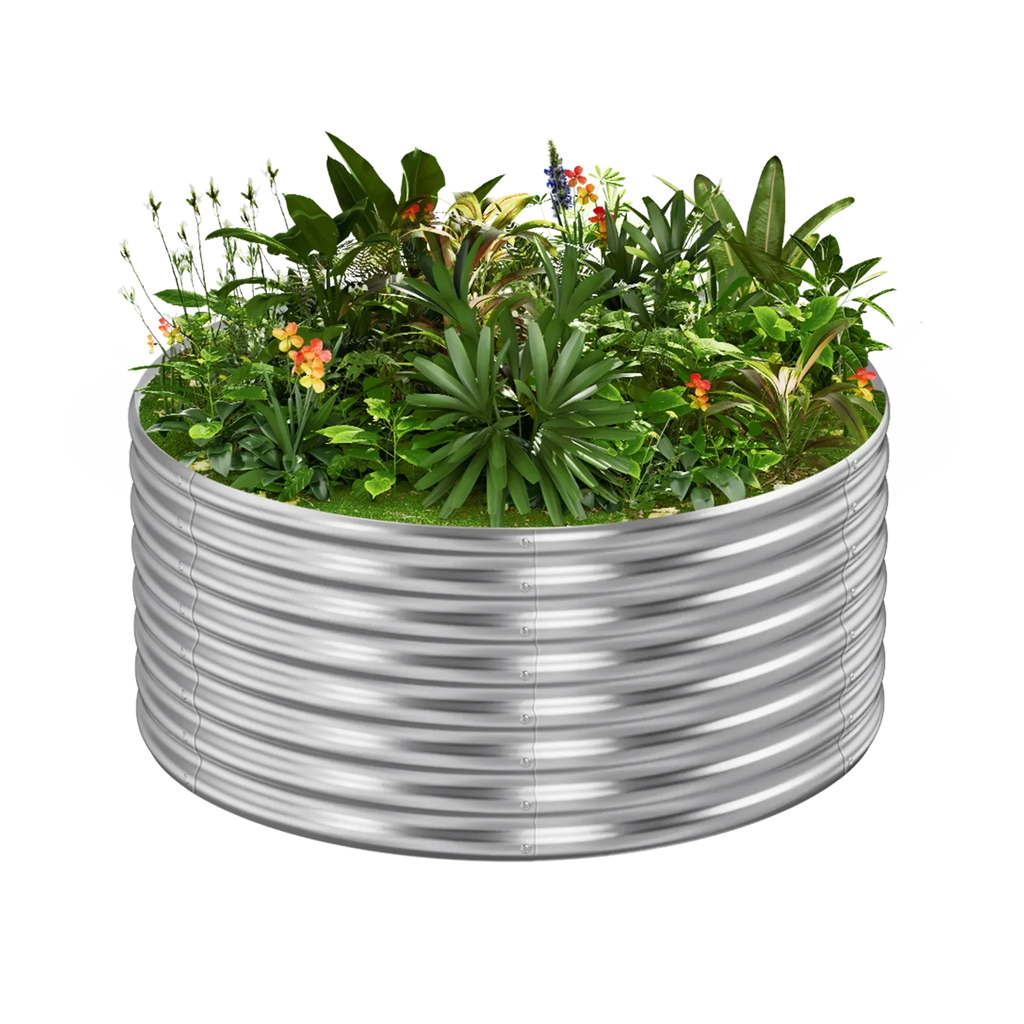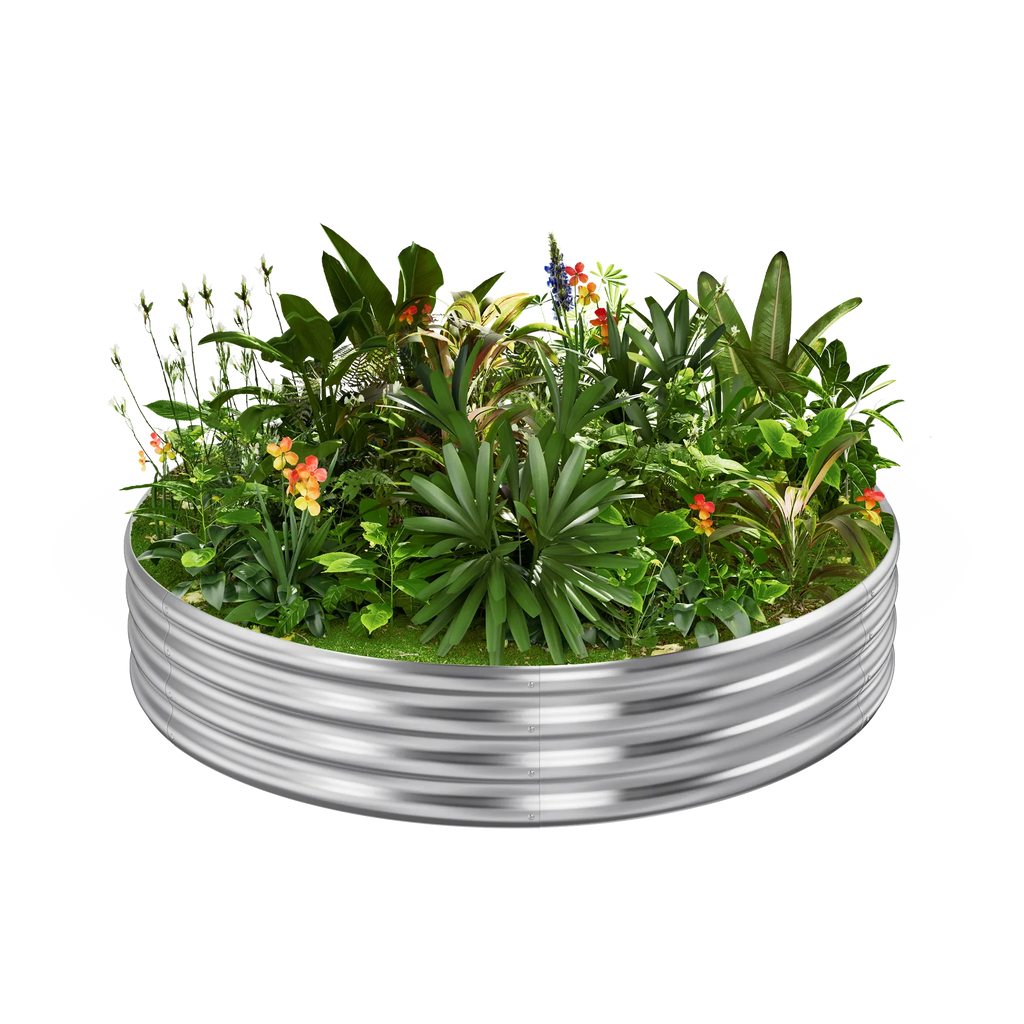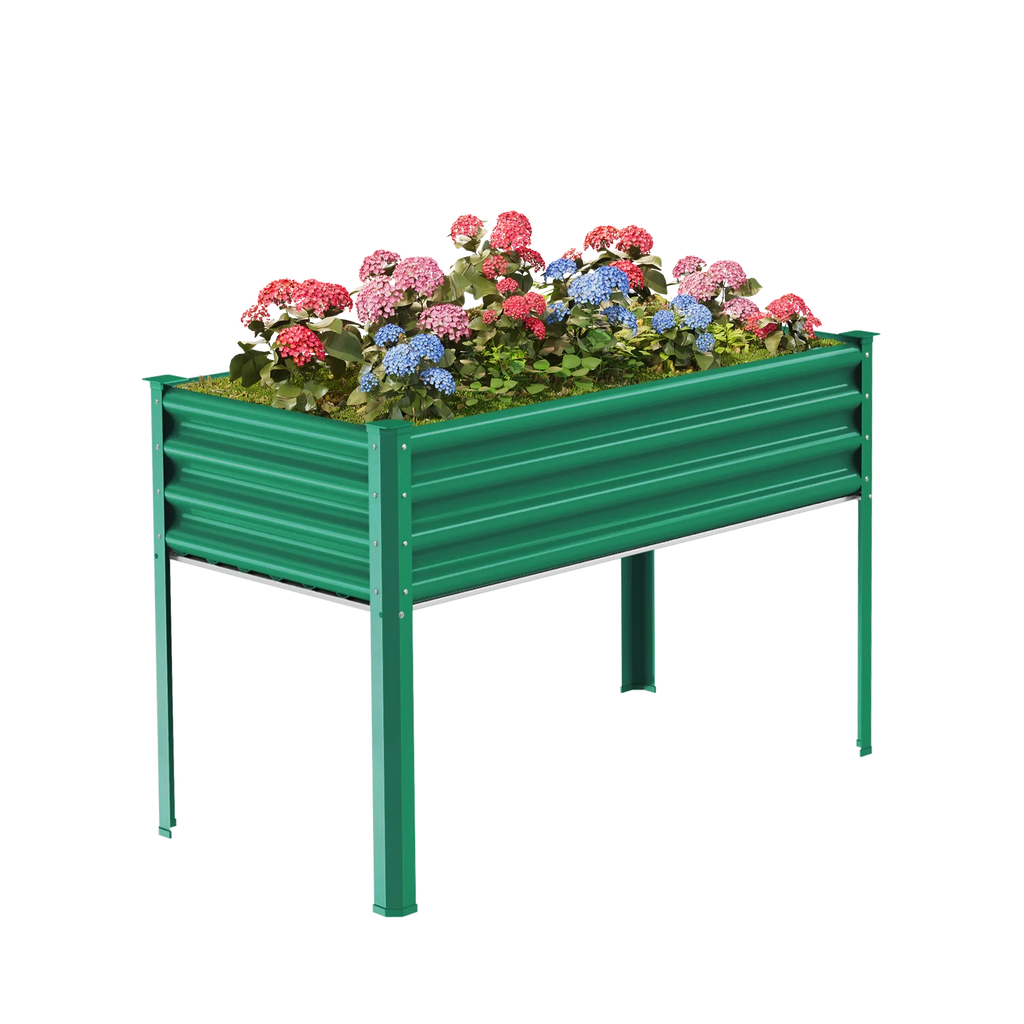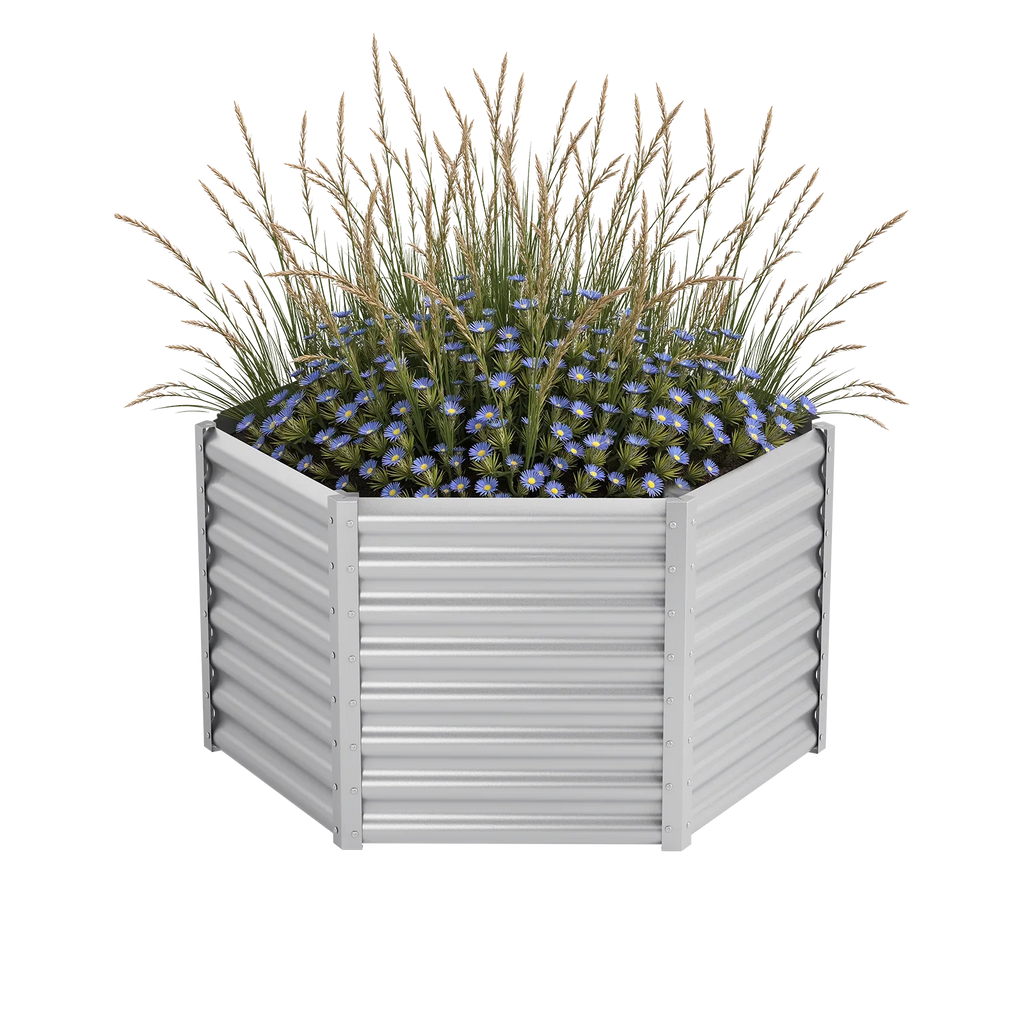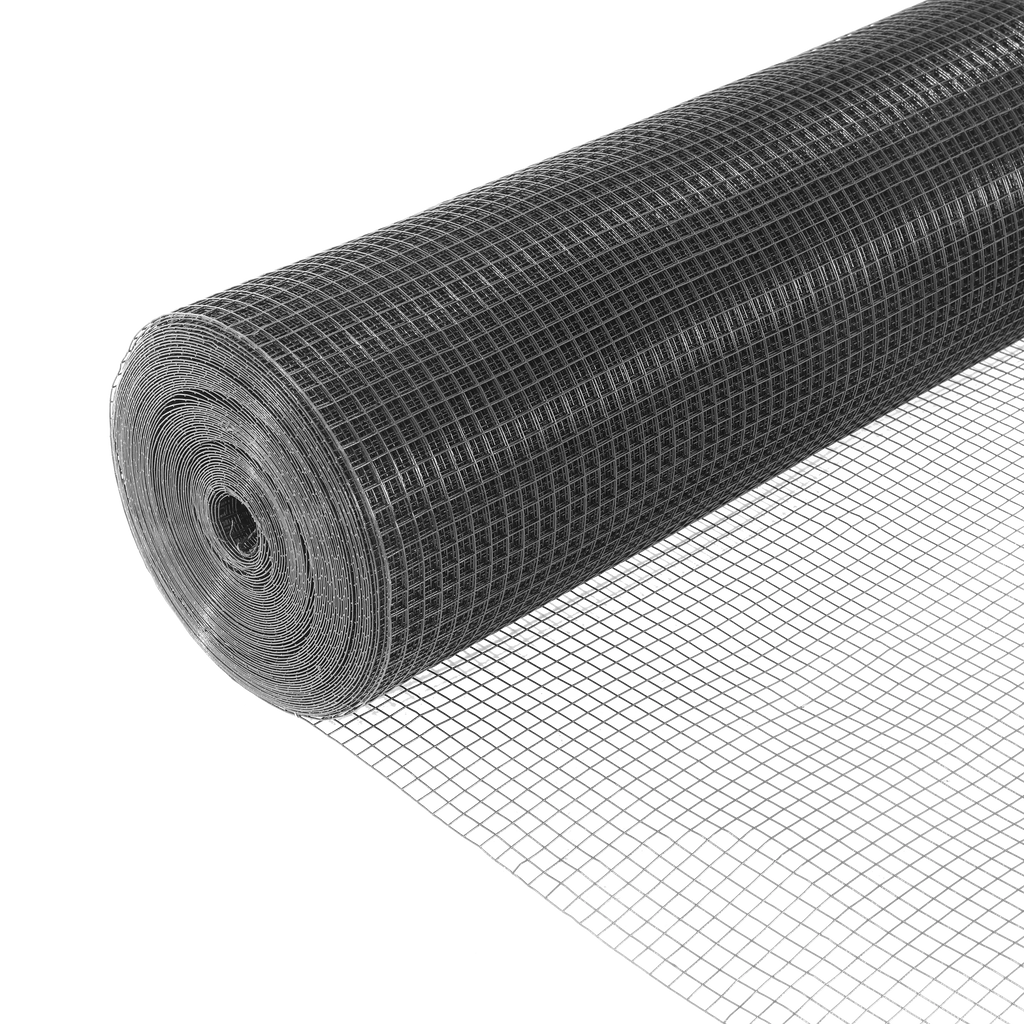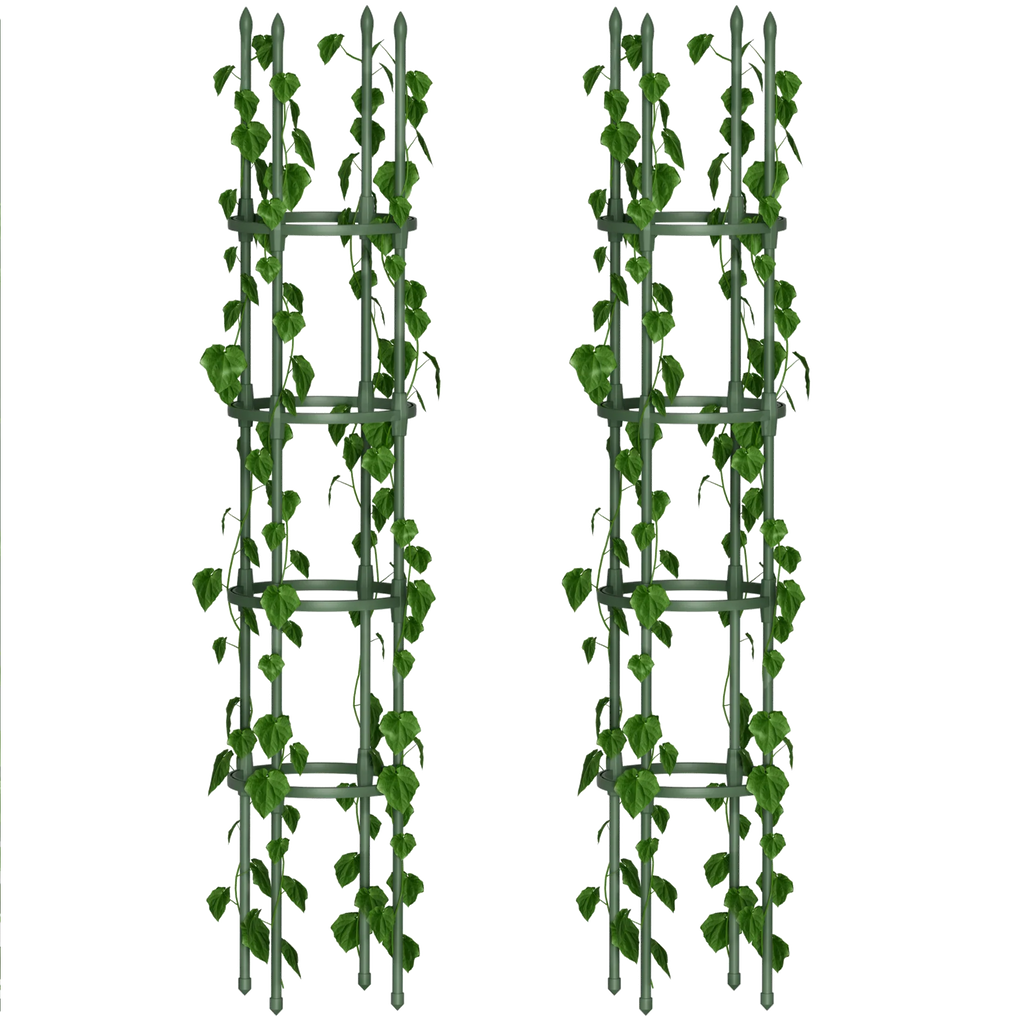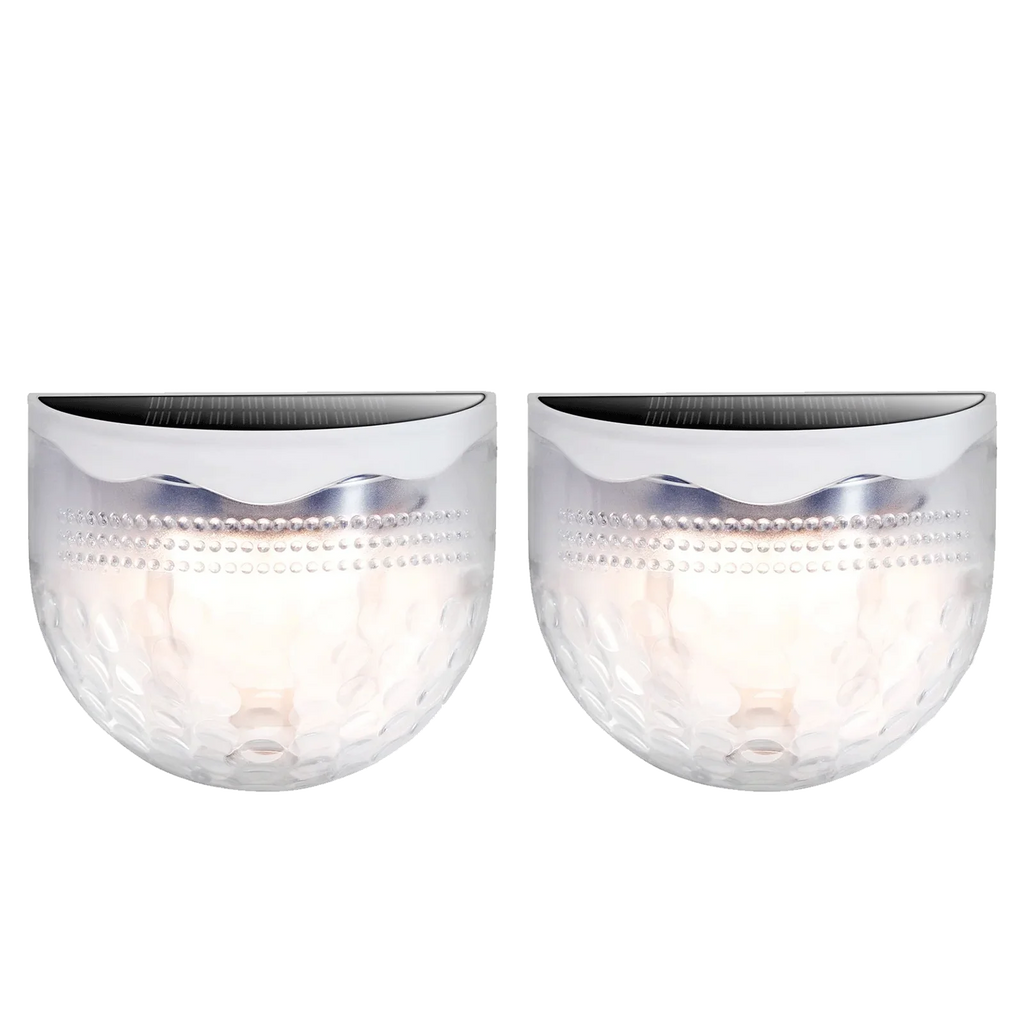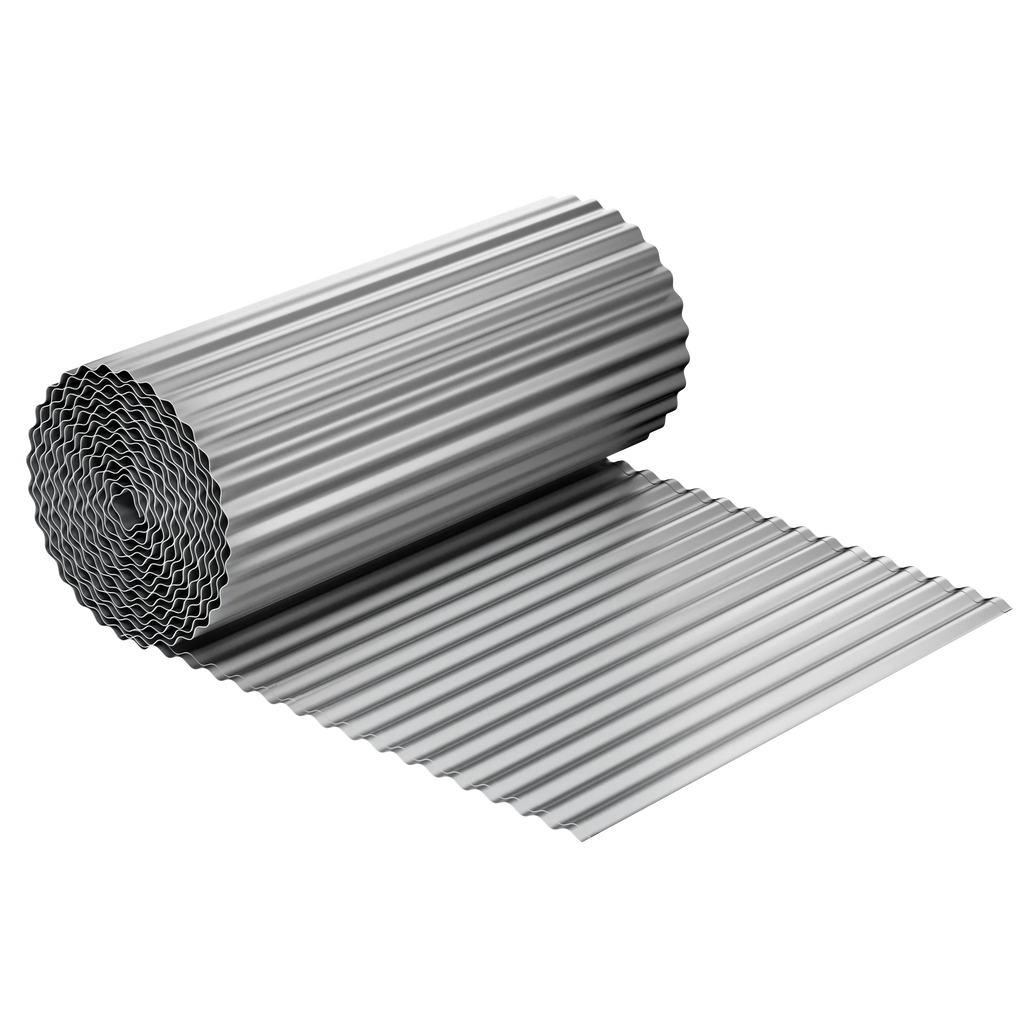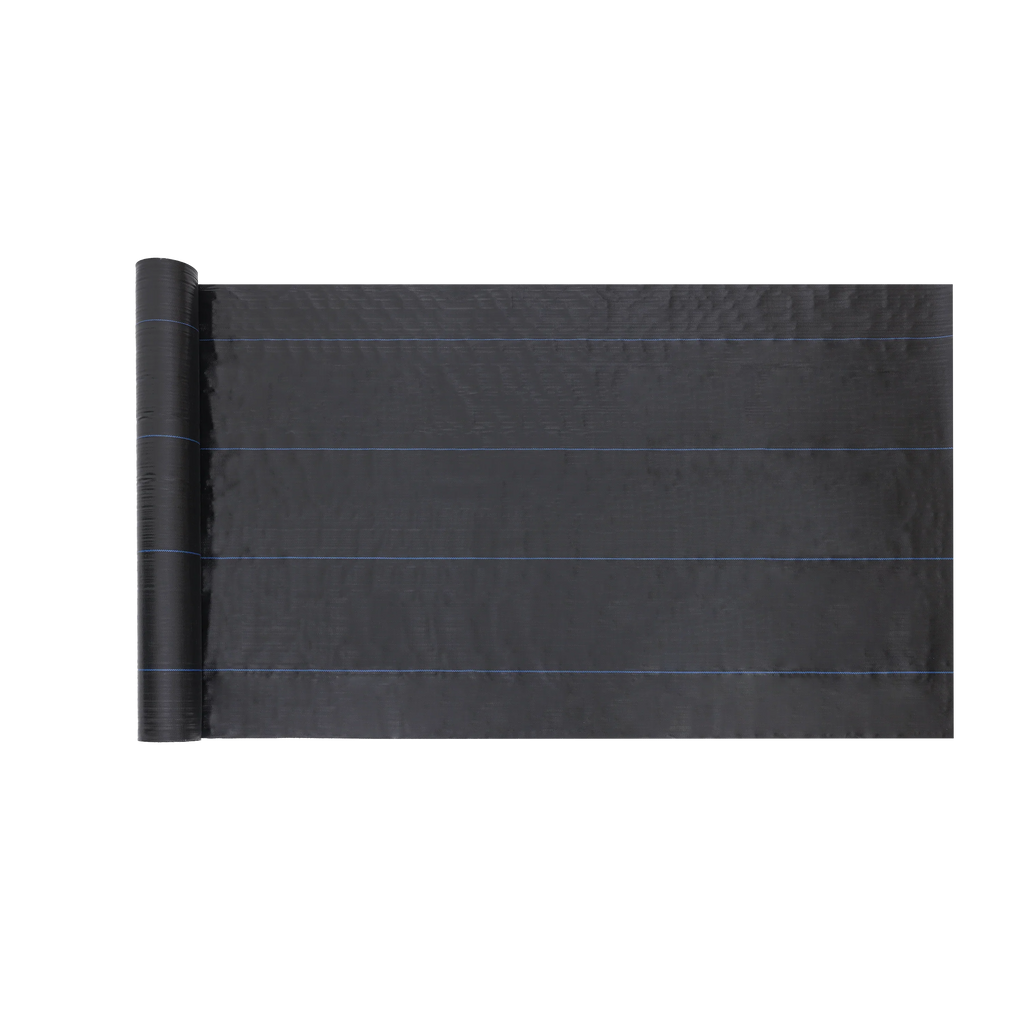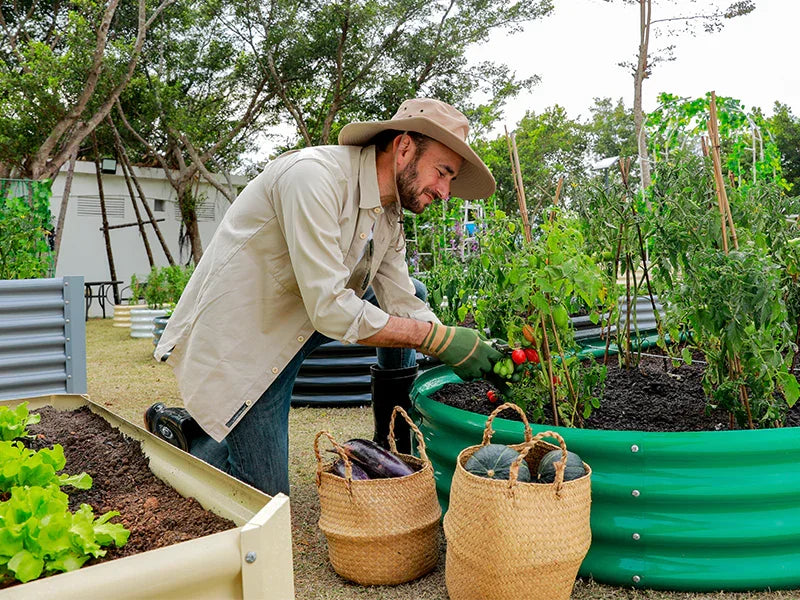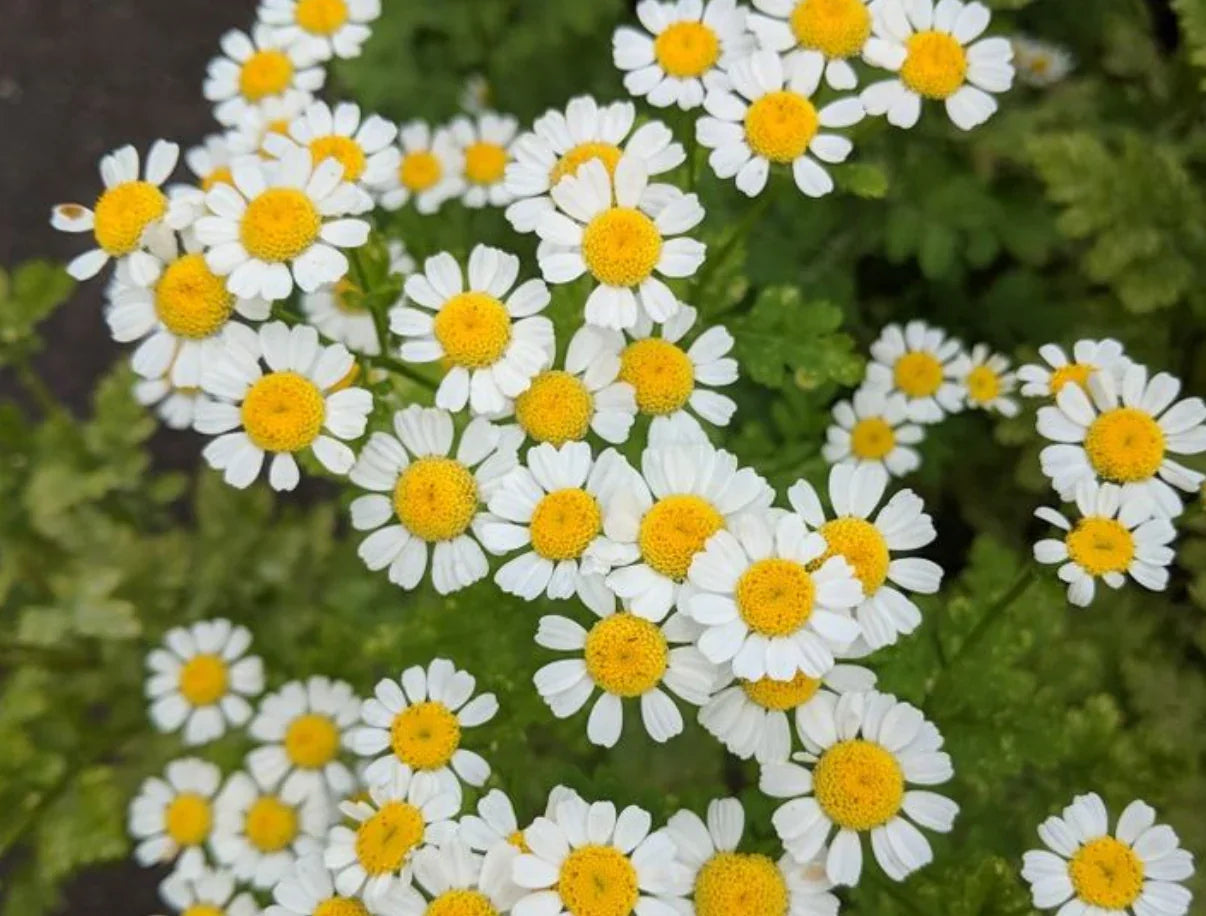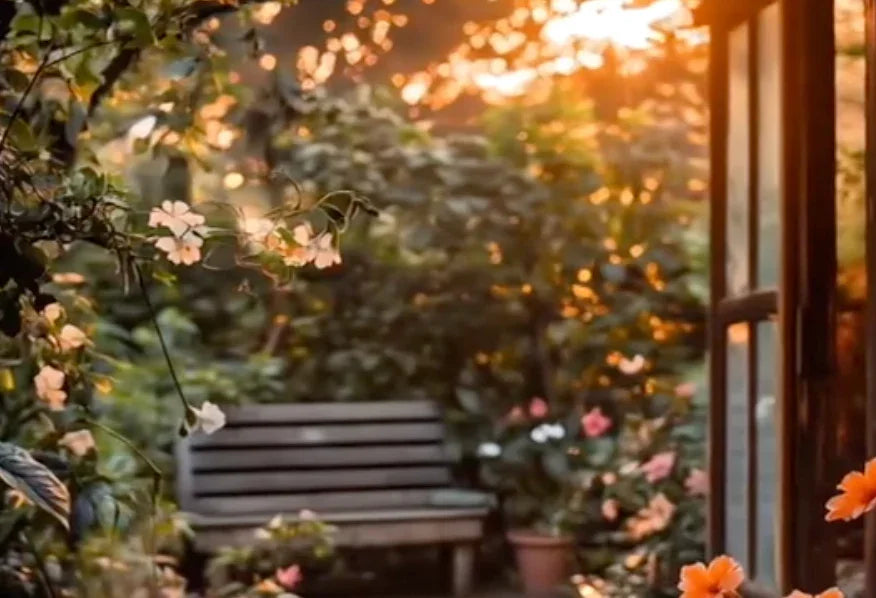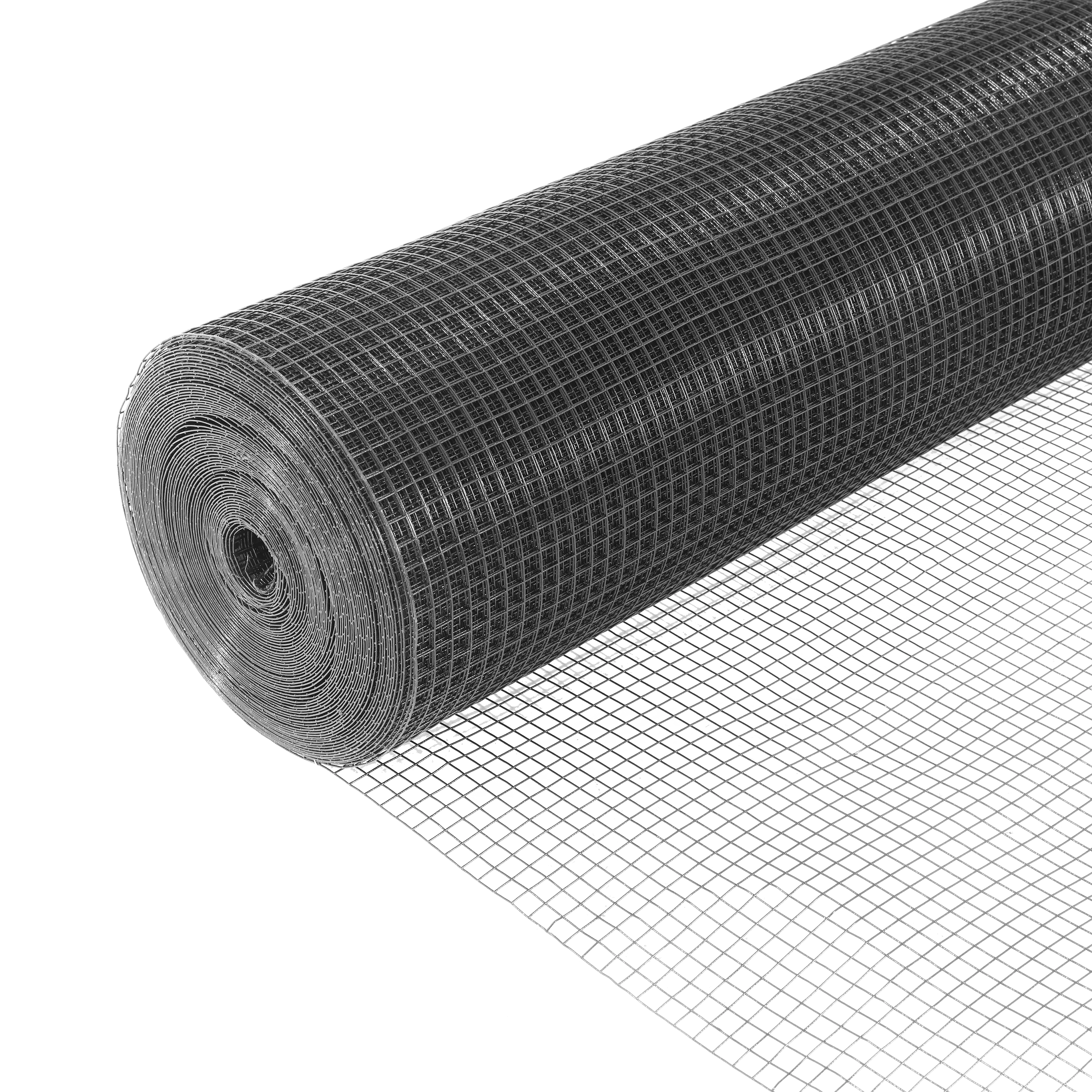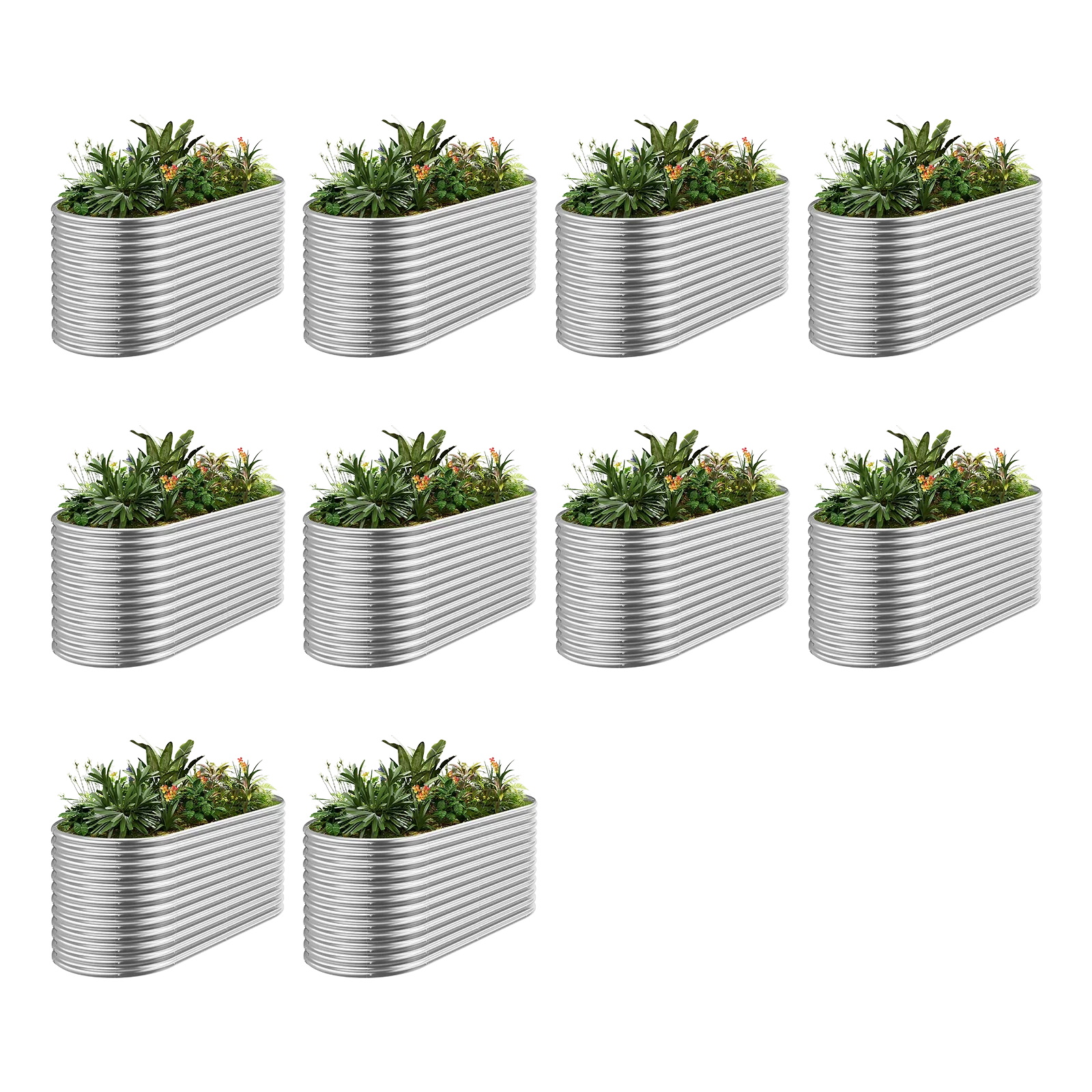
Naomi Armstrong
Jan 15, 2023
The Complete Guide to Raised Beds
Why We Use Raised Beds for Gardening
Raised beds can increase the productivity and appearance of your kitchen garden space.
The practical purpose of raised beds
- Raised beds allow you to start fresh with healthy soil, rather than amending what you already have (which is probably not ideal for vegetables).
- Raised beds stay warmer than the soil in the ground, which allows you to extend your growing time in the fall and the spring.
- Raised beds give plants' roots more vertical space to dig down so that you can fit more plants horizontally in a tighter space.
- Raised beds drain more quickly than in-ground beds.
- Raised beds increase comfort and ease when tending or harvesting your garden.
The Aesthetic Purpose of Raised Beds
- Raised beds are a beautiful hardscaping piece in their own right, adding beauty to the garden all four seasons, even when nothing is growing.
- Raised beds can make your garden feel like an outdoor room, your own private oasis.
I go into further detail on the reasons raised beds are all around better for gardening here.


Table of Content
- Why We Use Raised Beds for Gardening
- The Right Location for Raised Garden Beds
- Ideal Raised Garden Beds Dimensions
- The Best Raised Garden Bed Materials
- Conclusion
The Right Location for Raised Garden Beds
After working with hundreds of clients to design and install kitchen gardens, I've narrowed the long list of things to consider when choosing a site for your raised-bed kitchen garden to four key aspects.
Sunlight
The first, and most important, aspect to consider is sunlight exposure. Your garden will need to receive six or more direct sunlight hours per day. Really though, you're aiming for as much sun as possible. Ideally, you'll position your garden on the south side of any tall structures, such as homes, garages, tall sheds, and fences. This is especially important during the winter months, when the sun is lower on the horizon for those of us who live in the Northern Hemisphere. If your only available spot receives four or so hours of sun a day, you can still have a kitchen garden—you'll just need to prioritize growing herbs and salad greens, plants that will still thrive with less-than-ideal sun. (Read more about how much sun you'll need in your garden.)
Water
The second aspect to consider is water proximity. Place your garden, when possible, near a spigot, a rain barrel, or a location where it can be connected to an irrigation system. Plants love the deep and consistent water that drip irrigation can supply (more on the best way to water plants in raised beds in a bit!).
Convenience
The third aspect to consider is convenience. Your raised beds should ideally be located as close to the kitchen as possible—or at least as close to your everyday activities as possible. Look for sunny locations near a back door, front door, or even next to your driveway so that you can pop outside with scissors to snip some herbs for dinner or some lettuce leaves for lunch.
Aesthetics
Lastly, the final aspect to consider is how your raised beds can fit in with the rest of your landscape. Your garden should feel like an extension of the home, something that's always been there. With that in mind, position your garden near prominent structures or line it up with existing elements of your home or yard. Look for spots where you could add beds along already-established lines, such as a side yard, a fence, a driveway, a deck, a patio, or a pool. Explore more tips and tricks for choosing the ideal location for your raised beds.
Ideal Raised Garden Beds Dimensions
There are three general parameters for raised bed size: the height, the width, and the length.
The Best Height for Raised Beds
The very first raised bed my family ever put together was only four inches tall, and that height just didn't work for the type of plants we wanted to grow. A raised bed should be tall enough to accommodate the full root ball of whatever plants you're growing. The minimum raised beds height I ever recommend is six inches, and then there's no reason to go over two feet unless you have a specific reason, such as a mobility issue. Here is the minimum depth you'll need based on the type of plants you might want to grow:

Keep in mind that beds 18 inches deep or more will have better drainage than shorter beds. While most plants don't need anything deeper than 18 inches, I prefer beds that are two feet deep (24 inches). The extra height is mostly just for the ease and convenience of the gardener. Garden work should be an enjoyable part of your daily routine, not a chore that hurts your knees and back.
I also prefer this height for aesthetic reasons. Two feet of stone, brick, Corten steel, or cedar planks adds beauty and way more vertical interest to a landscape.
Read more on how deep your raised garden beds should be.
The Best Width for Raised Beds
Unlike height, the possible width and length of your raised bed might be limited by the space you have available.
The minimum width I'd recommend for a raised bed is 18 inches. Anything less across just doesn't afford you the full benefits of growing in a raised bed—there wouldn't even be room to plant more than one or two plants across your bed, especially not if they need to spread out. If you can find a space for a bed that's at least two feet wide, that would be preferable.
The maximum width you would want for a raised bed is about four feet wide, and that would only be for beds that you're able to access from all four sides. Anything beyond four and a half to five feet typically makes plants in the middle of the bed too difficult to reach (unless you have very long arms).
If you can only tend from one side because your bed is up against a wall or fence, I’d recommend staying under two and a half feet, which is probably about as far as your arm can reach.
The Best Length for a Raised Bed
The length of your raised bed will be determined by the space you have available and the materials you'd like to use to build your bed.
If you're using wood to construct your raised beds, eight-foot-long boards are generally the most economic option. That's why many of the raised beds you'll see in our designs just happen to be eight feet in length.
In my experience, the best length for a bed maxes out around 10 to 12 feet long. I've installed beds as long as 25 feet, but we encountered issues with holding the bed structure together as the soil was added. Wooden beds that are too long might start to bow.
The Best Raised Garden Bed Materials
When choosing materials for your raised beds, we prioritize those that are natural, beautiful, durable, sustainable, and also affordable. Remember, making good decisions when you start to build your raised beds can save you money in the long run and ensure you’re able to enjoy your gardening space to the fullest. I hate seeing people build their first raised beds, only to be disappointed and have to start all over again.
Wood Raised Beds
My favorite wood to use is cedar, which is an incredibly durable timber that will perform well for years to come. Whichever wood you're using, make sure to avoid boards treated with chemicals that could then leach into your soil (and therefore into the food you're going to eat). If you do want to stain the outside, go with a high-quality, eco-friendly and weather-resistant stain. I get asked a lot of if it's safe to stain or paint the outside of a raised garden bed, so I compiled info about safe stains and paints to use on wooden raised beds. I do recommend using an eco-friendly wood treatment on the inside of your raised beds to prolong the time you can enjoy them in your garden.
Steel Raised Beds
You can't get much more durable than steel, which will quite literally last a lifetime. My favorite types of steel to use in garden designs are Corten steel, thanks to its weathered look (pictured below), and powder-coated metal, which has a very sleek, modern feel. If you're going with steel, make sure you arrange for delivery. I've installed beds that took four (sometimes even five) grown men to carry them off the truck and maneuver them into the yard. Many arrive pre-made, so measure the narrowest part of the path the bed will have to travel to ensure it will fit through.
Stone Raised Beds
Nothing beats stone for longevity when it comes to garden materials, no matter what type of temperature ranges, humidity, and water intake your bed will experience. Stone is also food safe and can often be locally sourced. Stone is definitely an investment and might not fit all raised bed budgets. It's on my wish list for a garden someday! Read more about the pros and cons of stone raised beds.
Conclusion
Going from an in-ground garden to a raised bed is like the difference between night and day. That's what I've found, that's what all of my Rooted Garden clients have said, and that's even what my mother confessed to me after she gardened in ground for years. We gave her a raised bed kitchen garden for Mother's Day a couple years ago, and she's been singing its praise ever since. If you're feeling stuck or intimidated over creating your own raised bed kitchen garden, you're not alone. Gardenary exists to give beginner gardeners a place where they can find all the resources they need to keep on growing. If you're a DIY'er, my book, Kitchen Garden Revival, delves deeper into picking a location for your kitchen garden and then walks you through the planning, designing, and building of your raised beds, plus how to plant and tend your favorite edible plants. You can also find more raised bed DIY ideas here. If you're more an online-course-type of person, check out our popular course, Kitchen Garden Academy. Over the course of eight modules, we walk you through the complete step by step to set up and grow in your own kitchen garden. For maximum help setting up your own kitchen garden, find a garden consultant near you to come out to your space. I'm confident that you're going to love having raised beds if you choose to install them in your outdoor space, and we've got tons of resources to help you build your own gardening haven and start growing!
People Also Read
Have Any Questions?
We are here to answer all of your queries

